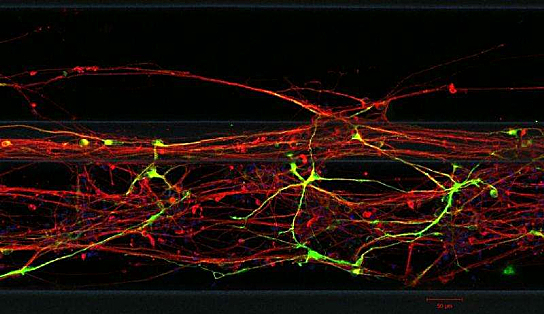Brain Pathways Related to Parkinson’s Disease

While scientists already know that the basal ganglia of the brain is related to movement disorders such as Parkinson’s disease and Huntington’s disease, this structure has always been difficult to study. This is because the basal ganglia is a very small part of the brain located deep inside its anatomy and the various pathways that send neurotransmitters, like dopamine, through the basal ganglia have been found to be complex, small, and difficult to identify.
A new study out of Carnegie Mellon University, entitled “In vivo characterization of the connectivity and subcomponents of the human globus pallidus” and published in the journal NeuroImage, looked at various ways of identifying the pathways that traverse the basal ganglia in order to better identify how diseases like Parkinson’s disease and Huntington’s disease occur. Until now, scientists were blind to the exact pathways that were known to be extra-sensitive to destruction and the subsequent onset of these two movement disorders.
In order to identify the pathways inside the basal ganglia, the team followed the pathway of water in healthy individuals, among the various pathways in this structure. By doing this, they were able to identify multiple paths that are important in nerve transmission in patients with movement disorders.
The idea behind looking at normal individuals was to see what the pathways are supposed to look like in people who do not have Parkinson’s disease or Huntington’s disease. Those affected by the malignancies are not good candidates for identifying such pathways, as it is assumed that they have been destroyed throughout the disease process and won’t be considered normal. In healthy subjects, on the other hand, the pathways are intact and can be easily identified using this novel technique.
The hope is that by identifying the pathways in the basal ganglia of normal people, they can later be studied more closely in affected individuals who have motor neuron disease. Now that these structures have been identified, researchers can see how and when they degenerate in patients who suffer from Parkinson’s and Huntington’s disease. This research has yet to be undertaken but is the next step in showing how destruction of dopamine-containing pathways in the basal ganglia contribute towards disease development. Ideally, if these pathways can be better understood, novel therapies can be discovered which can lead to a cure or possibly prevention of these diseases.






